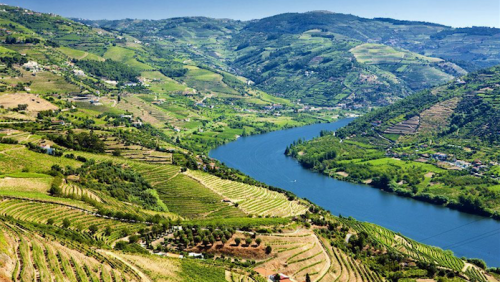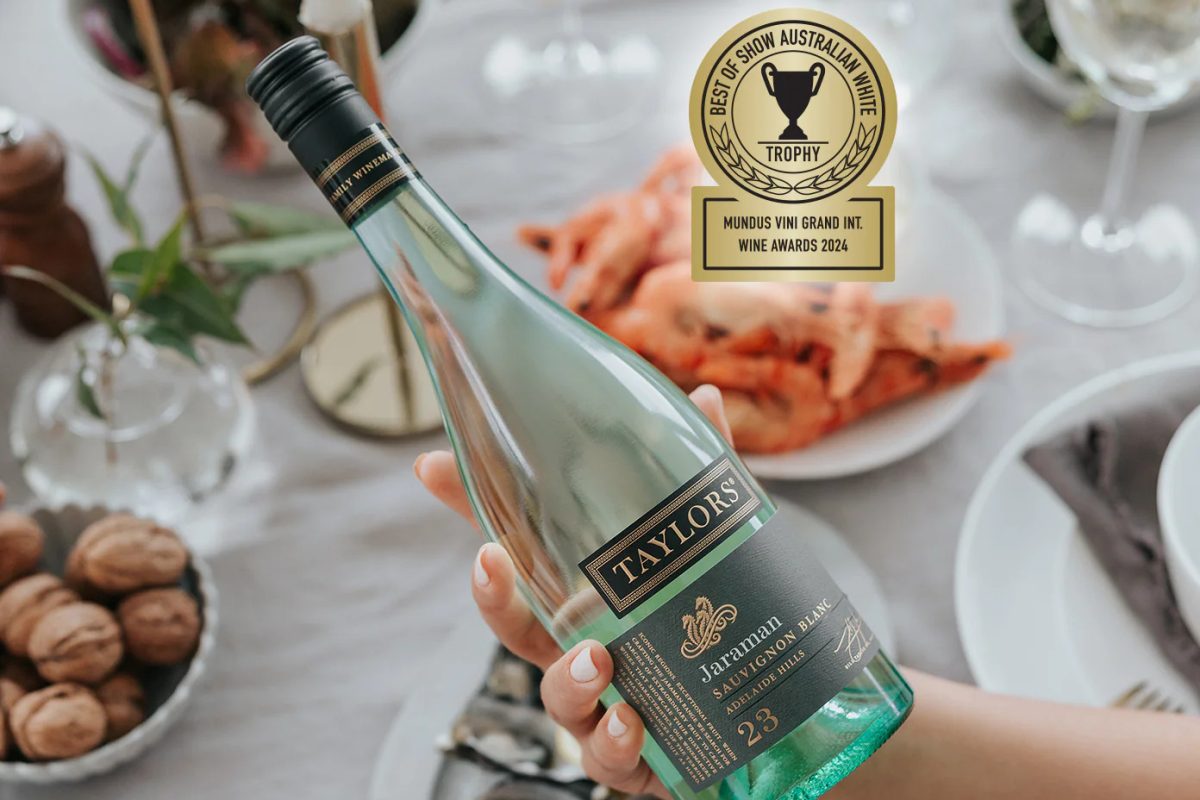
PORT is named after a town in Northern Portugal called Porto, which crowds around the banks of the Douro River.

It was a drizzly two days in May when I was there with my daughter. We were on a food and wine tour of Portugal.
A visit to the Douro Valley, the home of port, was de rigueur. It is a steep and dauntingly beautiful place with vines and buildings hanging high above the glorious river. It’s World Heritage listed. The boat guide told us that the British had invested in the valley since the late 17th century and today still owned around 70 per cent of the vineyards.
Port is, of course, the preferred drink of clubby English gentlemen and deros who live near a river bank and want a quick, cheap fix. That dichotomy tells you a lot about the quality range of this fortified wine. On the one hand, there are fine, aged, vintage ports that might have been put away for 30 years and, on the other, the stuff you can buy in flagons (McWilliams Royal Reserve Tawny is $10 for a two-litre flagon).
The Portuguese port we tasted was of a high quality, generally sweet, mouth filling and very pleasingly alcoholic (about 20 per cent). Quality and wine-making rigours are closely guarded by the Instituto dos Vinhos do Douro e Porto. The real stuff is recognisable by a white seal (not the one with flippers!) that will read: “Vinho de porto garantia”.
The wine is basically made by mixing in a brandy or grappa spirit (aguardente) with, usually, red wine. The spirit stops the fermentation process, which means the grapes retain their sweetness. The spirit also gives it an alcohol heft and helps to preserve the wine.
One day in the Douro had been preceded by a tour of the town on foot. On the less-than-arduous walk around Porto tasting salted cod in various forms and tasting local table wines as well as port, I asked our guide (who strangely kept his dark glasses on even in the dark of a wine cellar we visited – occupational hazards?) about the origins of this delightful tipple. Thinking myself a history buff (thinking of the final school year history prize), I asked: “Wasn’t this a British invention? I thought when the Brits had an argument about duty with France in the late 1600s Charles II told the French that they could keep their wine on that side of the channel. So merchants started buying up the wine here but until they added spirit it didn’t last the arduous journey through the Atlantic.”
“Yes,” he said. “Many people say that the British didn’t want the wine from this country to be affected by the long journey at sea. The story goes, to protect the wine, grape spirit was added and it did not spoil. That story is told but no one really knows.”
And with a lowered voice, he said: “You know, I have visited many of these farmers who live in the valley. It is very cold in winter, below freezing. I think that they want to get as drunk as quickly as they can and that they mixed brandy with their wine to do just that. They found something they like and kept it. The British also liked it and took over the Douro and sent it back to England with ownership that was not theirs.”
This seemed plausible. One of the women on the tour who had been sitting listening to this exchange and having her fair share of the beverage turned to me and said: “How can you be sure it wasn’t the monks?” The power of port.
Who can be trusted?
In a world of spin and confusion, there’s never been a more important time to support independent journalism in Canberra.
If you trust our work online and want to enforce the power of independent voices, I invite you to make a small contribution.
Every dollar of support is invested back into our journalism to help keep citynews.com.au strong and free.
Thank you,
Ian Meikle, editor




Leave a Reply